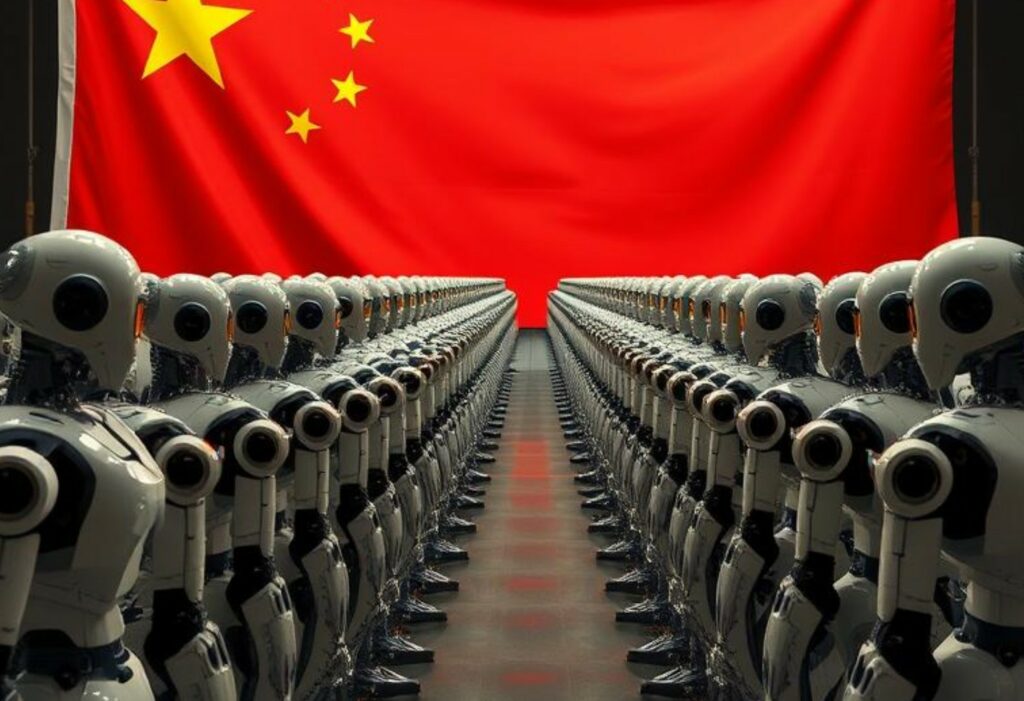
A series of Chinese national standards came into force on September 1st, aimed at redefining rules, responsibilities, and controls in increasingly strategic technology and consumer sectors. The State Administration for Market Regulation has published provisions ranging from the identification of synthetic content generated by artificial intelligence to safety standards for electric bicycles and mobile bicycles, with the stated aim of protecting consumers, improving product quality, and supporting the transition to more energy-efficient technologies.
Among the most relevant measures is the mandatory standard GB 45438-2025, which defines the methods for identifying synthetic content produced by AI. The text establishes technical procedures and application areas for service providers synthesis and for dissemination platforms, aiming to mitigate the risks of disinformation and digital fraud and strengthen the traceability of artificially generated information. For the industry, this means introducing uniform criteria that will help increase public trust in AI applications and require technological adjustments for operators.
Another crucial piece is the recommended standard GB/T 37027-2025, which provides criteria and methods for determining and counting cyberattacks and related incidents. Aimed at monitoring centers, incident response teams, and regulators, the document defines information elements and classification practices that will facilitate comparative attack analysis, reporting, and situational awareness. Standardization promises to improve cooperation between public and private entities in preventing and managing cyber incidents.
In the home devices sector, the GB/T 45354.1-2025 standard regulates voice interaction in smart appliances, establishing design, marking, and testing requirements. The goal is to ensure that voice features are practical, secure, and respectful of privacy, reducing the risk of malfunction or misuse, and providing consumers with clear guidance on performance and limitations. For manufacturers, this means integrating quality controls and functional transparency right from the development stages.
The new rules also include a series of mandatory standards for the safety of physical products: from the “Technical Specification for the Fire Resistance of Furniture” (GB 17927-2024) to the “Technical Safety Specification for Electric Bicycles” (GB 17761-2024), to energy efficiency limits for kitchen appliances (GB 21456-2024) and for high-voltage three-phase asynchronous motors (GB 30254-2024). These standards aim not only to raise safety and quality levels, but also to promote energy savings, emissions reduction, and production uniformity to foster competitiveness on international markets.
Follow us on Google News to receive daily updates on cybersecurity. Contact us if you would like to report news, insights or content for publication.
